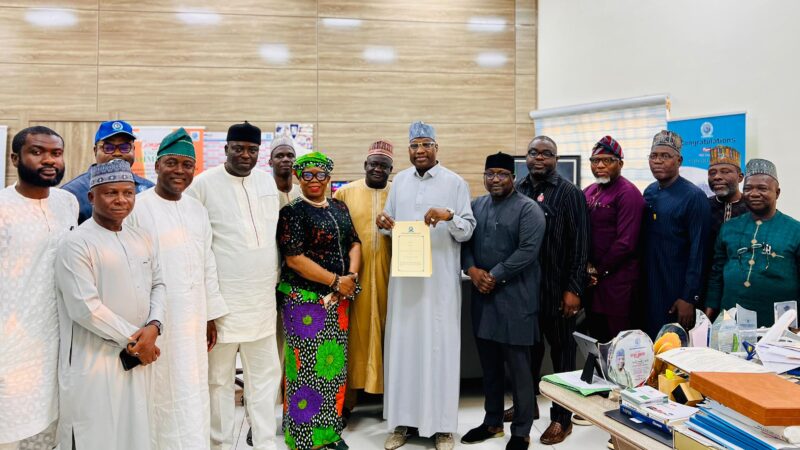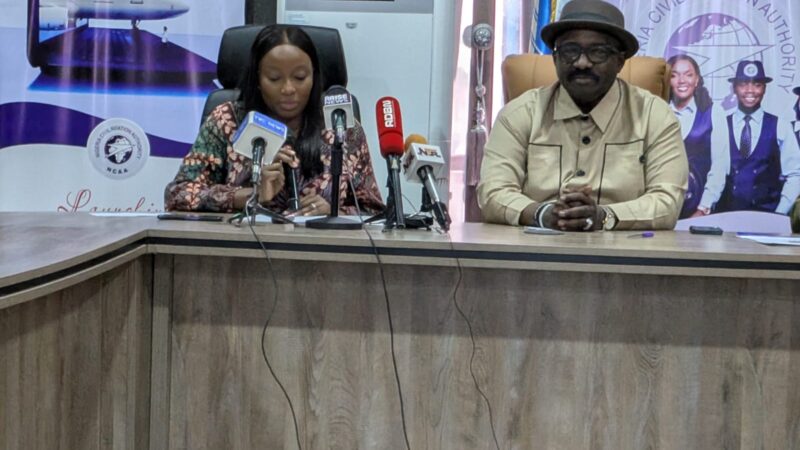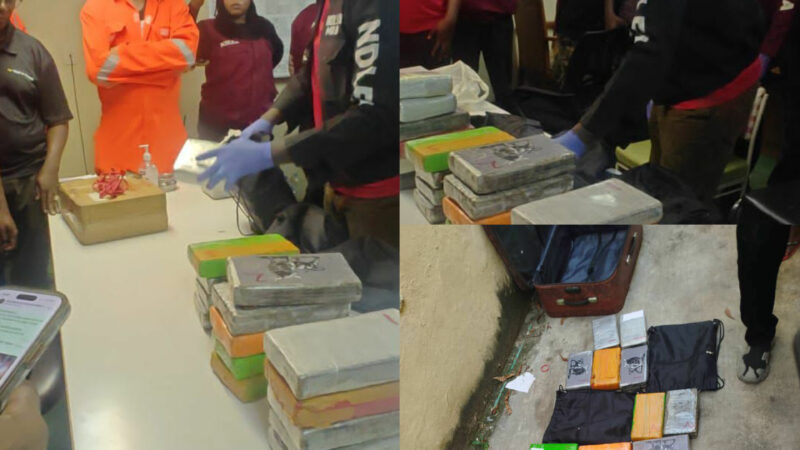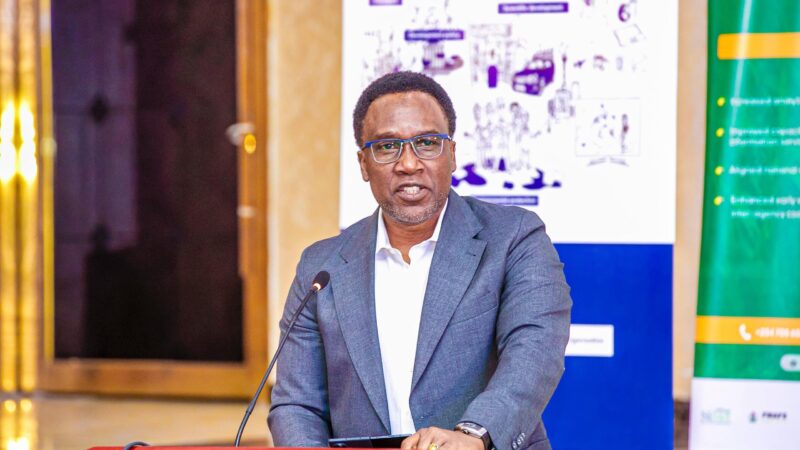NAMA to deploy surface movement radar, ground control systems to prevent aircraft collision
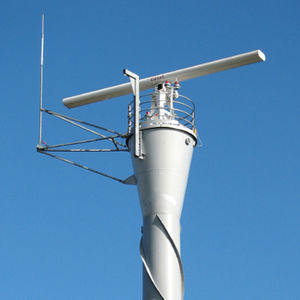
Preparatory to its full deployment in a few days’ time, the Nigerian Airspace Management Agency (NAMA) has successfully conducted the site acceptance test for its newly installed surface movement radar and ground control systems in Abuja and Lagos airports to enable air traffic controllers to monitor aircraft and vehicular movement during low visibility or night time.
Speaking while conducting the site acceptance test of the radar equipment in Abuja, the Acting Managing Director of NAMA, Matthew Lawrence Pwajok stated that in furtherance to its quest to enhance the safety and efficiency of flight operations in Nigeria, the agency had embarked on the procurement of the surface movement radar due to its capability for detection, monitoring, and control of aircraft and vehicles on the ground.
According to the agency, the purpose for deploying surface movement radar is to prevent collision between aircraft, and between aircraft and vehicles as well as between aircraft and obstacles on the ground (runway, taxiway, and apron).
Pwajok said, “the surface movement radar which is a primary radar would provide surveillance for aircraft and vehicles on the ground for the air traffic controller rather than physically seeing or looking out on the runway, the apron, taxiway or parking gate.
“Presently, what obtains is that the ground control is manually done. Air traffic controllers at the tower look outside to see where the aircraft is, to separate it, clear it for takeoff, and landing, and direct it to taxi to the parking gate.
“But with surface movement radar, guidance on the ground is automated as every surface movement is displayed clearly on the console.
“So, the air traffic controller can clearly see the aircraft and guide it while taxiing on the ground from the departure gate to the runway for takeoff, and once it takes off, he hands it over to the approach control.
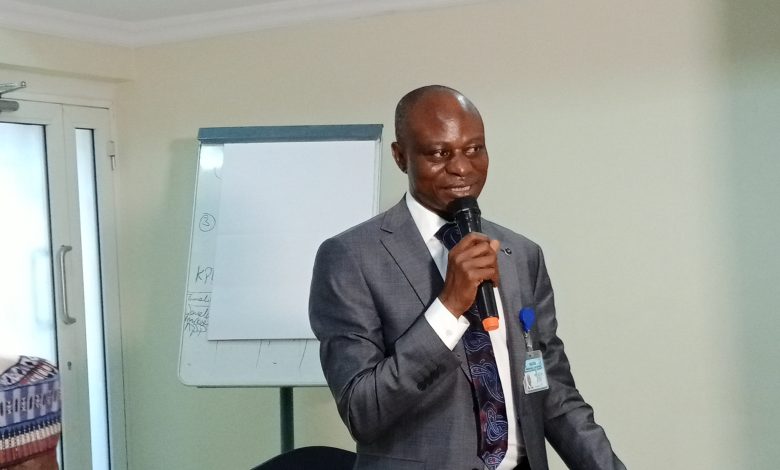
Pwajok explained that the surface movement radar can be used when aircraft land in poor weather conditions which, in most cases, the airport is shut down because pilots can’t see and can’t taxi so they would have to wait until there is weather improvement.
“But with the surface movement radar we can guide aircraft on landing, to the parking gate and, on departure, we can guide them from the parking gate to the runway for takeoff as everything is displayed on the console.
“The same way the radar sees aircraft in the air, this one will see aircraft and vehicles as they are moving on the ground,” he added.
Speaking further, the NAMA MD said the surface movement radar would greatly enhance safety as it would help prevent runway incursions, excursions, and confusion.
“Sometimes an aircraft is given an instruction to a particular taxi link and it enters the wrong link. If visibility is very poor or the place is dark, the air traffic controller will not know.
“Surface movement radar would therefore enable the controller to see clearly that the aircraft is in the right link. It would enhance safety on the ground by preventing collisions between aircraft. The issue of delaying aircraft by waiting for the weather to improve will be a thing of the past,” he said.
According to Pwajok, surface movement radar would boost Category III Instrument Landing Systems operations because “with CAT III, aircraft can land at zero visibility while the surface movement radar would then enable the controllers even at zero visibility to separate and control aircraft to the gate as well as those taxiing from the gate to takeoff very efficiently.
“Surface movement radar can also detect conflicts. If two aircraft are going to converge at a point, it can give an alert to the controller to prevent a collision on the ground.”
He recalled that a similar site acceptance test was conducted successfully in Lagos on the equipment located at Runway 18 Right two weeks ago and that “every aspect of the equipment is working effectively. So, what we are doing now is landscaping and fencing the antennas to prevent future encroachment.
“In Lagos, we had a major challenge of the tower being blocked by the Legend Hotel, Executive Jet, and aviation terminal. And that necessitated the deployment of the surface movement radar. So, with this, that problem has been solved.
“It has reduced stress on the air traffic controller as he can now see everything from the console. In Abuja, the Chinese terminal also blocked the tower and controllers can neither see the international terminal nor the presidential wing.
“At the moment we are using the mobile tower to augment the view. But with surface movement radar, we won’t need the mobile tower there anymore as every part of the airport is visible from the console,” he said.
Meanwhile, Pwajok has said the agency was working with the Federal Airports Authority of Nigeria (FAAN) and the airlines to ensure that all vehicles coming to the airside carry a transponder to enable the surface movement radar to identify them and the controller to communicate and control them.
On the training of personnel for the equipment, the NAMA boss said engineers had already been trained since last year while arrangements have been concluded for 12 air traffic controllers to proceed for training in a matter of days.



